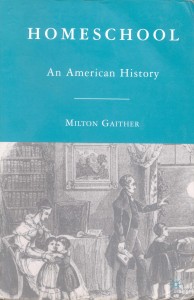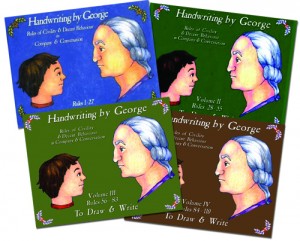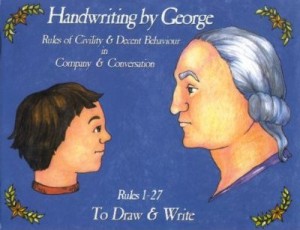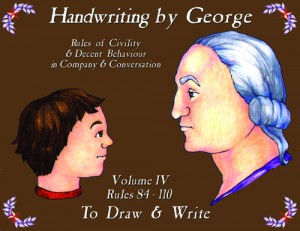
 I’m re-reading Prof. Milton Gaither’s intriguing book Homeschool: An American History
I’m re-reading Prof. Milton Gaither’s intriguing book Homeschool: An American History which takes on the ambitious task of describing the history of homeschooling in the United States. I’ve decided it’s actually three separate books.
which takes on the ambitious task of describing the history of homeschooling in the United States. I’ve decided it’s actually three separate books.
Part One is the history of colonial and 19th century education – which was largely conducted at home by parents. But there were no ideological overtones to these activities. It was the norm. The innovation in American education came with the public school movement which gathered steam after the civil war and succeeded in replacing at-home education with compulsory attendance at government schools by 1920.
Part Two is a tour-de-force summary of the cultural changes in America from 1920 to 1970 with a focus on their impact on the family (or was it the changes in the family which caused the cultural changes?). Gaither has a clear thesis and an excellent grasp of both the intellectual trends and cultural indicators of 20th century popular, suburban culture. His chapter is modestly titled “Why Homeschooling Happened, 1945-1990” but he is cataloging cultural trends with implications and effects far beyond homeschooling. As one who grew up in those turbulent years, I must say that his analysis rings true.
Part Three is a retelling of the modern homeschooling movement. He begins with John Holt, Raymond Moore, and Rousas Rushdooney and describes their ideas and the impact that they had. In the following chapters he picks up the threads of a second generation of leaders including Paul Lindstrom (Christian Liberty Academy), Gregg Harris, and Bill Gothard. He talks about the origins of the textbooks published by ACE, Bob Jones, and A Beka. He describes the influential roles played by Mary Pride and Cathy Duffy as curriculum reviewers in the 1980s. He catalogs the explosion of magazines and newsletters. And he tells the story of the founding and explosive growth of HSLDA. Gaither is not writing to simply praise all of the people and organizations who played a part in the modern homeschooling movement. He discusses the controversies and the charges leveled by critics as well. I’ll admit, some parts of the narrative made me squirm – but on the whole, I’d have to pronounce his treatment as the closest to a fair, balanced, objective account as I’ve read.
As a historian, the most interesting part of the book for me was Gaither’s analysis of why homeschooling happened. This is a level of analysis that takes a step back from describing what happened and his ideas are provocative. I concur in part and dissent in part. Here’s what he says:
First – the counter-cultural sensibility became the American sensibility. By 1970 both the left and the right had become profoundly disenchanted with government institutions. Their reasons were different, but their distrust was shared.
Second – suburbanization. Suburbanization de-populated the central cities and tended to sort the population by race, income level, age, and cultural style. The suburbs then supported, reinforced, and bred a sense of privacy, autonomy, and libertarianism. [I would argue that this is a bit of post hoc, propter hoc. I suspect that the American psyche was already dominated by ideas of privacy, autonomy and libertarianism and this fed suburbanization, not the other way around!]
Third – the American cult of the child. We love our children. ’nuff said.
Fourth – alienation of familes from the large, impersonal, unaccountable government monopoly schools. I might have pumped that phrasing up just a bit, but I think this is essentially what he is saying. cf. Gatto to get overwhelming confirmation of this!
For those who are interested in how we got here, set in the broader context of a history of education in America, this is a book I highly recommend. Available on Amazon by clicking here: Homeschool: An American History
– Rob Shearer
PS: Prof Gaither has a blog titled Homeschooling Research Notes which is updated several times each month. If you’re interested in homeschooling, it’s worth subscribing to and reading.




